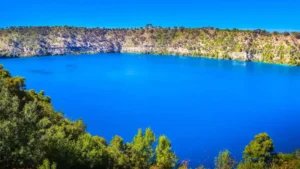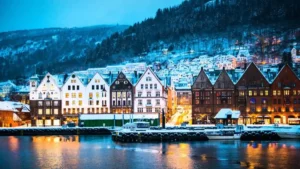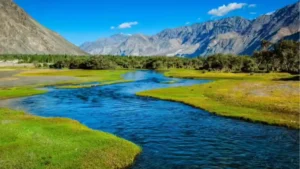Introduction
The Indian Navy is all set to host the Mid-Planning Conference for MILAN 24 (Multilateral Naval Exercise- 2024) at Visakhapatnam from 19th February to 27th February 2024. This event follows a long-standing tradition of hosting the MILAN exercise, showcasing India’s commitment to fostering international maritime cooperation.
The Origins of MILAN
MILAN, a biennial multilateral naval exercise, was initiated by the Indian Navy in 1995. Initially, it was aligned with India’s ‘Look East Policy.’ However, as India’s international engagement evolved with the ‘Act East policy’ and the ‘Security And Growth for All in the Region (SAGAR)’ initiative by Hon’ble PM Narendra Modi, MILAN opened its door to participation from Friendly Foreign Countries (FFCs).
MILAN 22: A Glimpse of the Past
In 2022, MILAN 22 took place at and off Visakhapatnam from 25th February to 4th March. This iteration witnessed participation from a remarkable 39 countries, showcasing the exercise’s growing international appeal.
Harbour Phase Activities of MILAN 24
The upcoming MILAN 24 will consist of both a harbour phase and a sea phase. During the harbour phase, a variety of event and activities are planned, including International Maritime Seminar, City Parade at RK Beach, Swavlamban Exhibition, Subject Matter Expert Exchange and Milan of Young Officers. Ships, Maritime patrol aircraft and submarines of Friendly Foreign Countries would participate in the sea phase along with Indian Navy units.
Sea Phase Maneuvers
The sea phase of MILAN 24 will see the active involvement of naval assets from Friendly Foreign Countries alongside the Indian Navy Units. This phase will include Large-Foreign Maneuvers, Advanced Air Defense Operations, Anti-Submarine Warfare and Anti-Surface Warfare Operations.
Global Significance
MILAN 24 will coincide with India G20 Presidency and the conduct of the exercise would yet again realise the ‘G20 theme Vasudhaiva Kutumbakam’. Scheduled from 19 – 27 Feb 24 at/ off Visakhapatnam, MILAN 24 is likely to witness the largest-ever participation to date with invites being extended to over 50 countries.




 Which Lake is known as the Lake of Tears...
Which Lake is known as the Lake of Tears...
 Which Place is Known as the Norway of In...
Which Place is Known as the Norway of In...
 Which is the Most Fertile River Valley i...
Which is the Most Fertile River Valley i...







